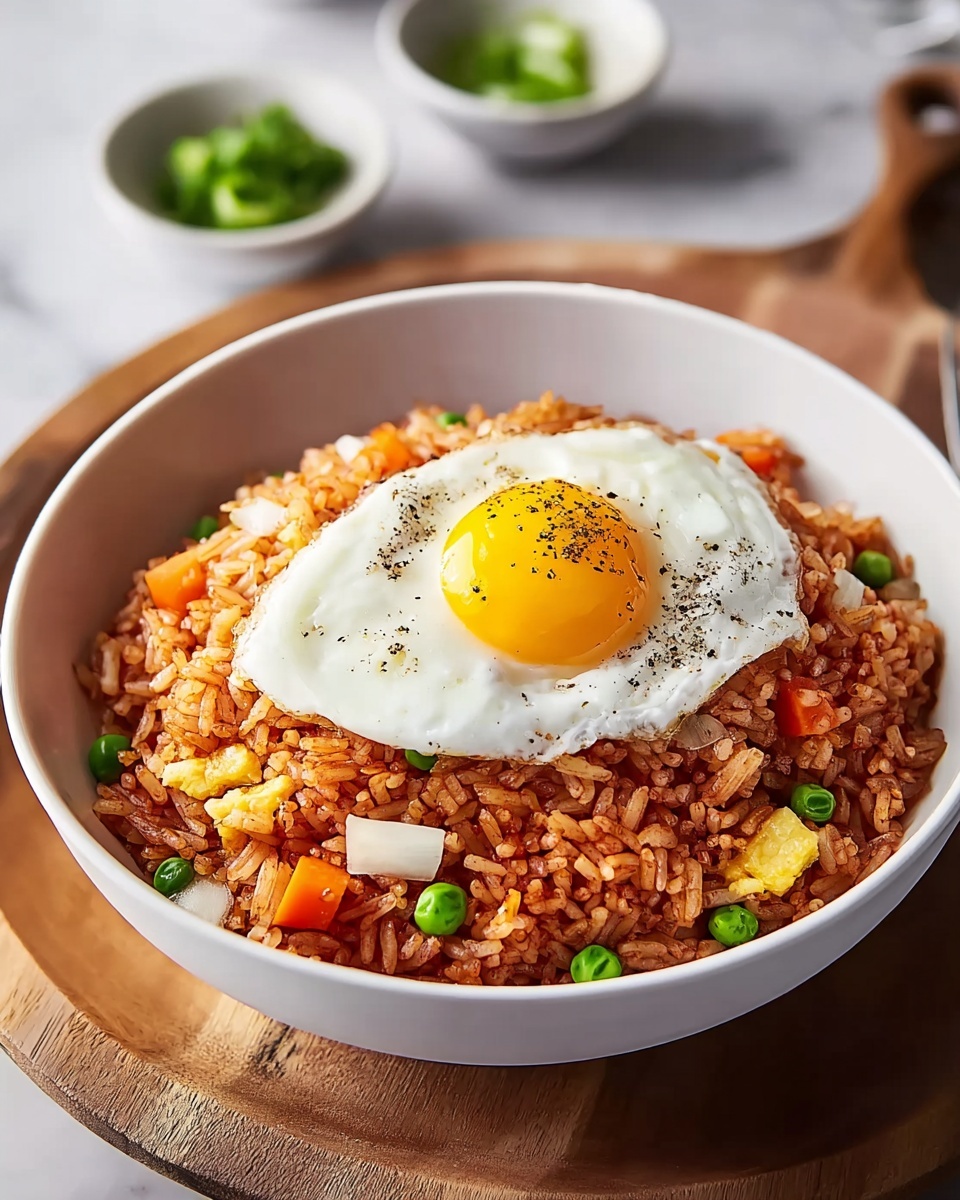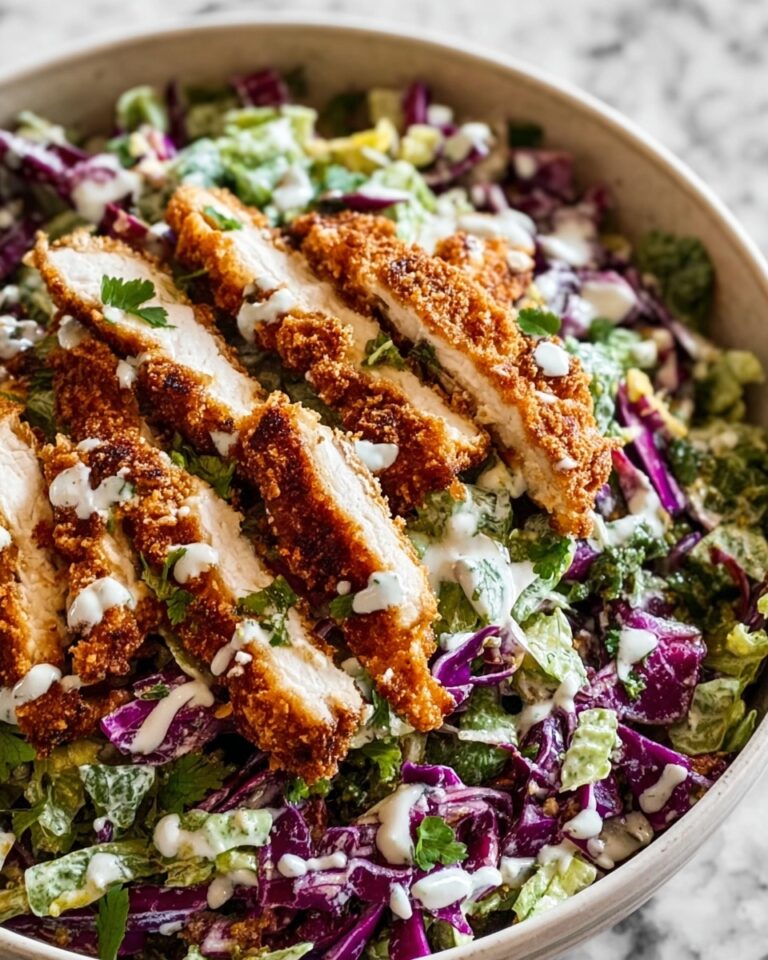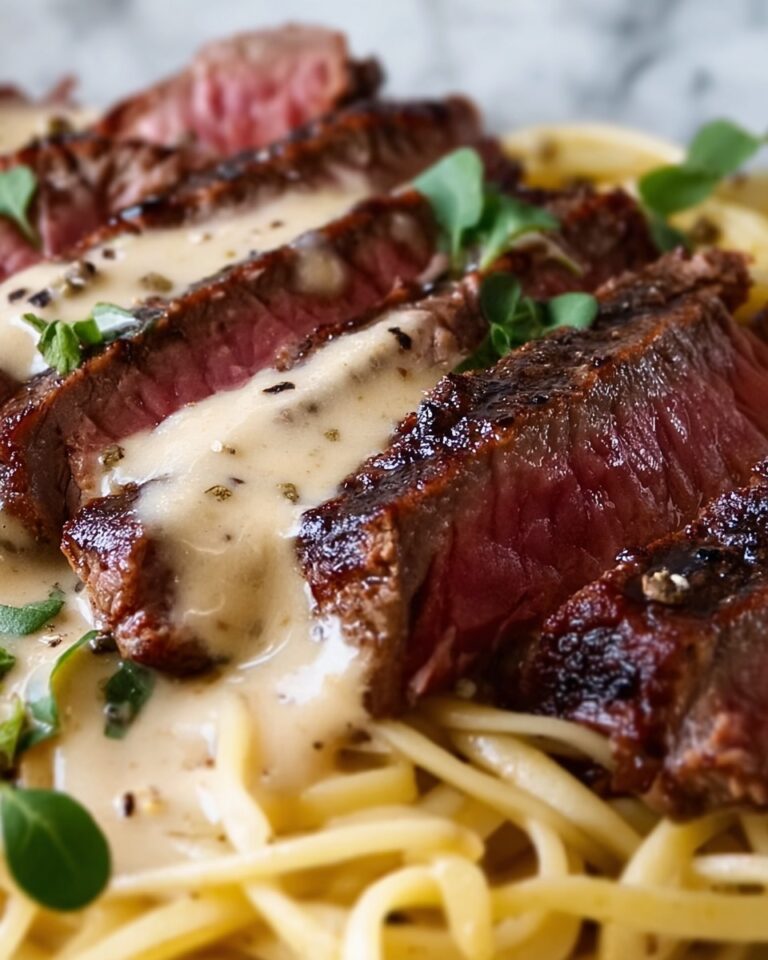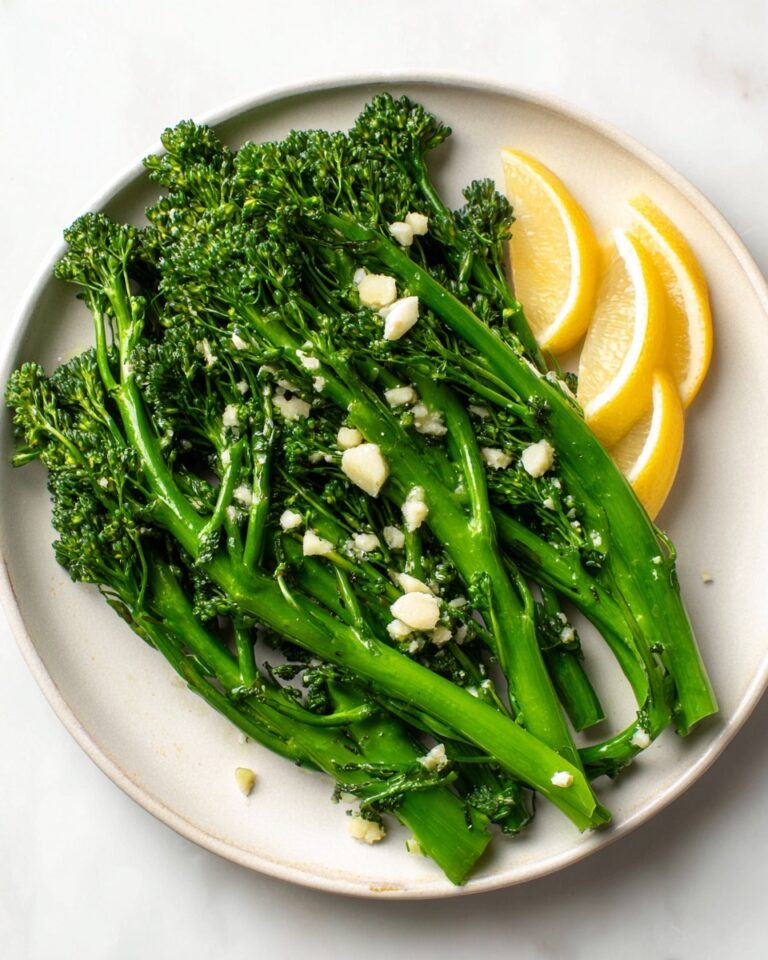If you’re craving something that packs a punch of flavor and warmth, let me introduce you to Gochujang Fried Rice – A Spicy, Flavor-Packed Twist on a Classic Dish Recipe. This vibrant dish takes everyday fried rice to new heights with the bold, fermented chili flavor of gochujang, creating a perfect balance of spicy, sweet, and savory notes. Every bite bursts with texture thanks to crisp veggies, fluffy rice, and optional eggs, making it a knockout meal that’s both comforting and exciting. Whether you’re cooking for a busy weeknight or impressing friends with something new, this recipe is guaranteed to become a fast favorite in your dinner rotation.
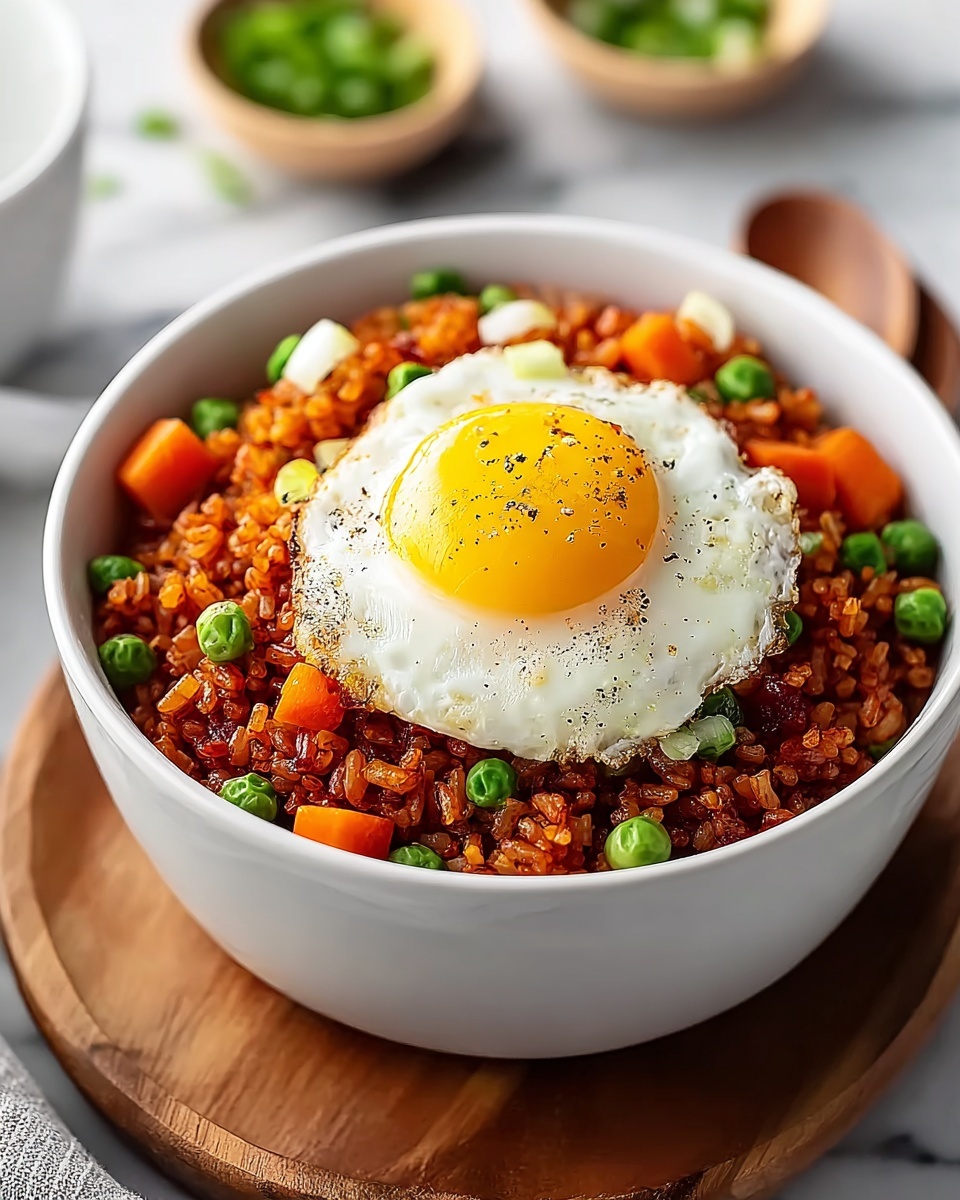
Ingredients You’ll Need
This recipe relies on simple but essential ingredients that come together brilliantly to create that irresistible taste, texture, and pop of color. Each component plays a role, making the process straightforward and the outcome delicious.
- Cooked rice: Day-old rice works best as it’s drier and fries up beautifully without becoming mushy.
- Sesame oil: Adds a rich, nutty aroma that elevates every element in the pan.
- Onion: Provides a sweet, savory base to build flavors upon.
- Garlic: Infuses the dish with a fragrant kick of zest.
- Carrots and bell peppers: Bring vibrant color and a satisfying crunch to each mouthful.
- Eggs (optional): Boost protein and add creamy texture perfectly complementing the veggies.
- Gochujang: The star of the show, delivering that distinct spicy-sweet depth only Korean chili paste can offer.
- Soy sauce: Adds umami and saltiness, balancing the sweet heat of gochujang.
- Rice vinegar: Lends a subtle tanginess to brighten the overall flavor.
- Sugar (optional): Softens the spice and rounds out the taste.
- Sesame seeds, green onions, cilantro: Perfect garnishes that bring freshness, crunch, and an extra burst of flavor.
How to Make Gochujang Fried Rice – A Spicy, Flavor-Packed Twist on a Classic Dish Recipe
Step 1: Prepare the Rice
Start with the foundation: properly cooked and cooled rice. Day-old rice is ideal because its dry texture prevents clumping during frying, creating a light, fluffy finish. If you’re using freshly cooked rice, make sure to spread it out and chill for at least 30 minutes before you get cooking, so the grains can firm up.
Step 2: Sauté the Vegetables
In a large pan or wok, heat the sesame oil over medium heat until shimmering. Toss in the onions and sauté until they soften and turn translucent, about 2-3 minutes. Then add the minced garlic, stirring for 30 seconds until you can smell that incredible garlicky fragrance. Next, add the diced carrots and chopped bell peppers; cook just long enough to tenderize yet keep their crunch, about 2-3 minutes. This combination not only brightens the plate but layers the dish with fresh, sweet flavors.
Step 3: Cook the Eggs
If you want that lovely silkiness eggs provide, nudge the veggies to one side of the pan and crack the eggs into the empty space. Scramble them gently until fully cooked, about 1-2 minutes, then fold them in with the vegetables. This step adds extra protein and an appealing softness that balances the spiciness of the gochujang.
Step 4: Combine Rice and Sauce
Add the cold rice to the pan, breaking up any clumps and stirring to combine everything. In a small bowl, whisk together gochujang, soy sauce, rice vinegar, and sugar if you like just a hint of sweetness. Pour this vibrant sauce over the rice and vegetables, mixing thoroughly so each grain is coated in that bold flavor. Let it cook for another 3-4 minutes, allowing the rice to toast slightly and develop a tasty, golden crust in places.
Step 5: Finish and Garnish
Once your pan is beautifully full of fragrant, spicy fried rice, pull it from the heat. Sprinkle on chopped green onions, sesame seeds, and fresh cilantro for a fresh finish that will make your eyes light up. Serve it while it’s hot for maximum enjoyment of textures and flavors.
How to Serve Gochujang Fried Rice – A Spicy, Flavor-Packed Twist on a Classic Dish Recipe
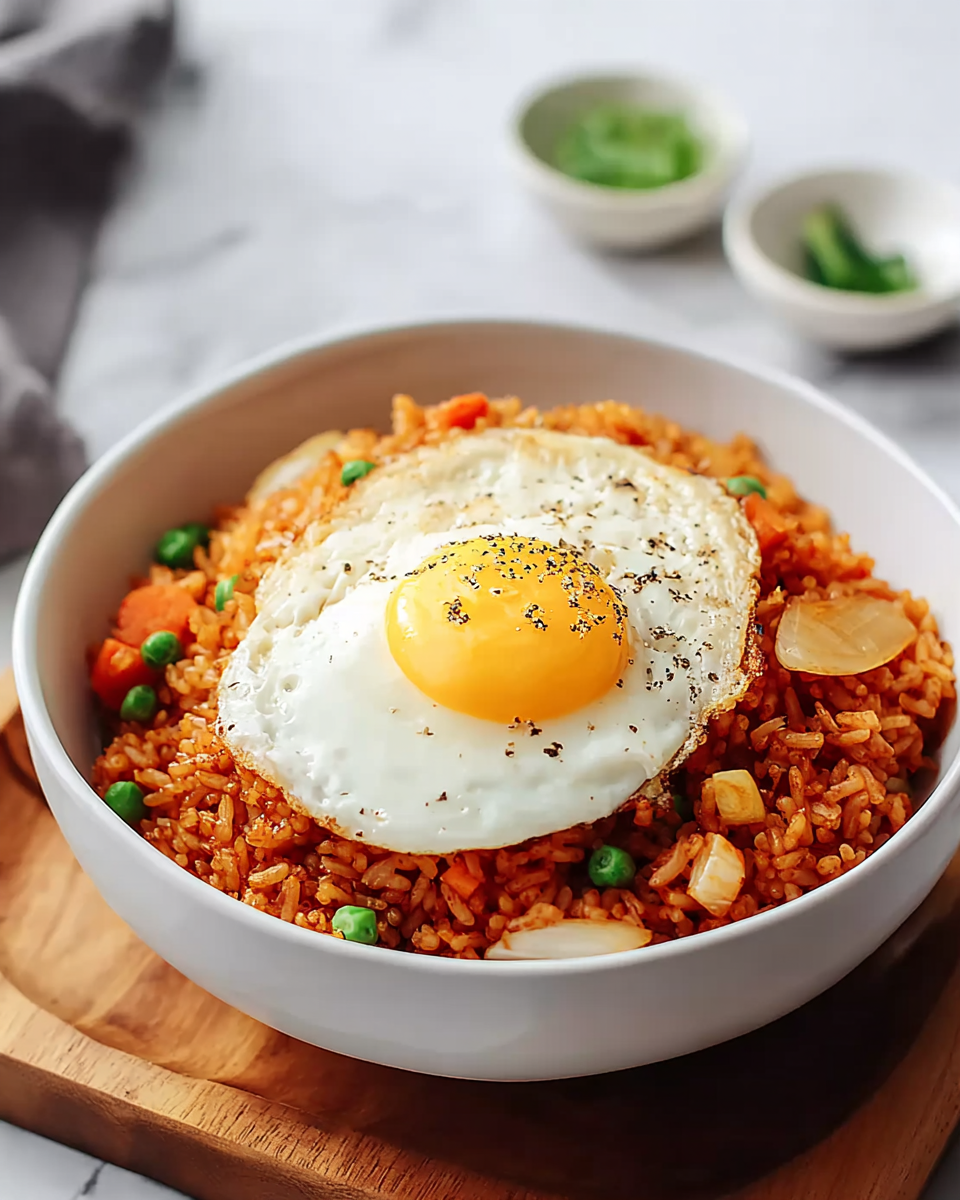
Garnishes
Don’t underestimate the power of garnishes—they’re what take this dish from tasty to irresistible. The crunch of sesame seeds and the sharp, fresh notes from green onions and cilantro add layers of texture and brightness that lift the spicy gochujang flavor beautifully.
Side Dishes
Gochujang Fried Rice pairs wonderfully with simple sides to balance its intensity. A crisp cucumber salad or lightly steamed greens cool and complement the spiciness, while marinated tofu or grilled meats add protein variety if you want to round out your meal.
Creative Ways to Present
Serving your gochujang fried rice inside a carved bell pepper or topped with a perfectly fried sunny-side-up egg adds charm and extra deliciousness. You can even wrap it in crisp lettuce leaves for a fun, handheld version that’s perfect for sharing and casual gatherings.
Make Ahead and Storage
Storing Leftovers
Leftover Gochujang Fried Rice keeps beautifully in an airtight container in the refrigerator for up to 3 days. Make sure it’s cooled to room temperature before refrigerating to keep the texture intact and flavors fresh.
Freezing
This dish freezes well, too. Portion your fried rice into freezer-safe containers or bags and it will last for up to 2 months. Thaw overnight in the fridge for best results before reheating.
Reheating
Reheat in a hot skillet with a splash of oil to revive the crispy texture and flavors, stirring frequently to heat evenly. Avoid microwaving straight away as it can sometimes make the rice a bit soggy.
FAQs
Can I make Gochujang Fried Rice without eggs?
Absolutely! The eggs are optional and can be left out for a vegan version or if you prefer a lighter dish. The fried rice will still be flavorful and satisfying thanks to the gochujang and veggies.
What if I don’t have gochujang?
Gochujang is unique, but if it’s not available, you can mix a bit of chili paste with miso and a touch of sugar as a substitute. However, nothing quite matches the authentic spicy-sweet depth of gochujang.
Is this recipe very spicy?
The heat level depends on the amount of gochujang used, so you can adjust it to suit your taste. Start with less if you’re sensitive to spice, and add more as you go. The sauce also has sweetness and tang to balance the heat.
Can I add other vegetables?
Definitely! Feel free to use whatever vegetables you have on hand like corn, mushrooms, zucchini, or spinach. Just make sure to adjust cooking times so everything stays deliciously crisp-tender.
What type of rice works best?
Day-old jasmine or medium-grain rice works best due to its dryness and fluffiness. Freshly cooked rice tends to be sticky and can result in clumpy fried rice, but if you chill it first, it will work fine.
Final Thoughts
You simply cannot go wrong with Gochujang Fried Rice – A Spicy, Flavor-Packed Twist on a Classic Dish Recipe. It’s vibrant, comforting, and offers a beautiful balance of spice and savoriness that warms you from the inside out. Give it a try next time you want to shake up your meal plan; I promise it will quickly become one of your all-time favorite go-to dishes.
Print
Gochujang Fried Rice – A Spicy, Flavor-Packed Twist on a Classic Dish Recipe
- Prep Time: 10 minutes
- Cook Time: 15 minutes
- Total Time: 25 minutes
- Yield: 4 servings
- Category: Main Course
- Method: Frying
- Cuisine: Korean
Description
Gochujang Fried Rice is a spicy, flavor-packed twist on the classic fried rice dish, featuring Korean chili paste, fresh vegetables, and optional eggs for added protein. This quick and easy stir-fried rice recipe uses day-old rice for the best texture and is garnished with sesame seeds, green onions, and cilantro for a deliciously satisfying meal.
Ingredients
Main Ingredients
- 2 cups cooked rice (preferably cold, day-old rice works best for fried rice)
- 1 tablespoon sesame oil (or vegetable oil)
- 1 small onion, chopped
- 2 cloves garlic, minced
- 1/2 cup carrots, diced (or use frozen peas and carrots)
- 1/2 cup bell pepper, chopped
- 2 large eggs (optional, for added protein)
Sauce
- 2–3 tablespoons gochujang (Korean chili paste)
- 1 tablespoon soy sauce (or tamari for gluten-free)
- 1 teaspoon rice vinegar
- 1 teaspoon sugar (optional, for sweetness)
Garnishes
- 1 tablespoon sesame seeds (optional, for garnish)
- 2–3 green onions, chopped (for garnish)
- Fresh cilantro (optional, for garnish)
Instructions
- Prepare the rice: Ensure your rice is cooked and cooled. Day-old rice works best for fried rice as it is less sticky and holds up better when frying. If using fresh rice, let it cool in the fridge for about 30 minutes before using it in the recipe.
- Sauté the aromatics and vegetables: Heat 1 tablespoon of sesame oil in a large frying pan or wok over medium heat. Add the chopped onion and sauté for about 2-3 minutes until the onion begins to soften. Add minced garlic and sauté for another 30 seconds until fragrant. Add the carrots and bell pepper, cooking for another 2-3 minutes until softened but still slightly crisp.
- Cook the eggs (optional): If using eggs, push the vegetables to one side of the pan and crack the eggs into the empty side. Scramble them until fully cooked, about 1-2 minutes, then mix the eggs into the vegetables.
- Combine rice and sauce: Add the cold rice to the pan with the vegetables and eggs. Stir everything together to combine. In a small bowl, mix the gochujang, soy sauce, rice vinegar, and sugar (if using). Pour this sauce mixture over the rice, stirring well to coat evenly. Let the rice cook for another 3-4 minutes, allowing it to get slightly crispy and browned.
- Garnish and serve: Once the rice is cooked through and well-coated in the sauce, remove it from the heat. Garnish with chopped green onions, a sprinkle of sesame seeds, and fresh cilantro if desired. Serve hot and enjoy!
Notes
- Using day-old rice is key to achieving the perfect texture for fried rice.
- You can substitute vegetables based on availability, such as using frozen peas or corn.
- For a gluten-free version, use tamari instead of soy sauce.
- The eggs are optional but add protein and texture to the dish.
- Adjust the amount of gochujang based on your preferred spice level.
- Leftover fried rice can be stored in an airtight container in the refrigerator for up to 3 days.

